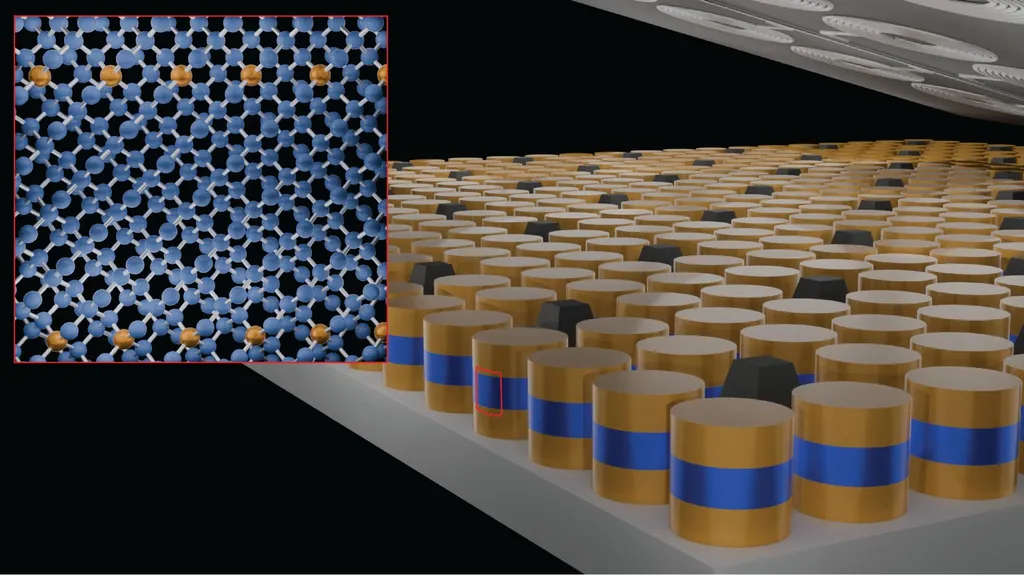In the realm of energy and electronics, a team of researchers from the University of South Dakota, led by Narayan Budhathoki and Dongming Mei, has made significant strides in understanding the behavior of high-purity germanium (HPGe) as it is thinned down to micrometer scales. Their work, published in the journal Applied Physics Letters, focuses on the evolution of charge-carrier mobility, a critical factor in the performance of advanced radiation detectors, thin-body germanium electronics, and emerging quantum devices.
The researchers conducted the first systematic study of thickness-dependent mobility in bulk-grown, detector-grade HPGe. They performed Hall-effect measurements on both n- and p-type samples, thinning them from an initial thickness of 2.7 millimeters down to just 7 micrometers at room temperature. The study revealed that the mobility of charge carriers follows an extended-exponential dependence on thickness, with characteristic electrostatic lengths ranging from 6 to 50 micrometers.
The team compared their findings with existing models of boundary scattering and electrostatic depletion. They discovered that the degradation of mobility is primarily governed by electrostatic depletion, which reduces the effective conducting channel thickness, rather than by surface scattering. This insight is crucial for the energy sector, particularly in the development of advanced radiation detectors used in nuclear power plants and other energy facilities for monitoring and safety purposes.
The researchers established a simple design rule for device optimization: maintaining a thickness greater than approximately three times the characteristic electrostatic length preserves most of the bulk mobility. Thinner devices, however, enter a depletion-controlled regime with significantly reduced transport properties. This understanding provides a predictive framework for designing germanium-on-insulator structures, fully depleted channels, and future germanium-based quantum and electronic technologies.
The practical applications of this research are significant for the energy industry. Improved radiation detectors can enhance safety and monitoring capabilities in nuclear energy facilities. Additionally, the insights gained from this study can inform the development of more efficient and effective electronic components for various energy applications, contributing to advancements in energy technology and sustainability.
Source: Applied Physics Letters
This article is based on research available at arXiv.

